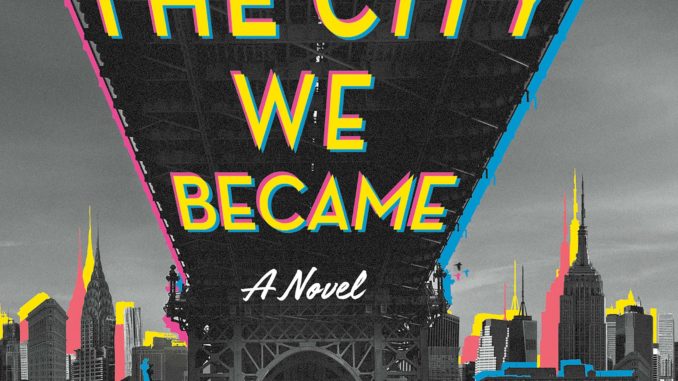
As villages become towns, which eventually formed cities, it’s only a matter of time before a culture arises. A veritable soul of the metropolis. In N.K. Jemisin’s unique novel “The City We Became,†this symbolism becomes literal and then becomes a warzone. In today’s literary era of YA dystopia reigning supreme, Jemisin’s infusion of city lore, sociology and geography into urban fantasy, is a much-needed breath of fresh air into the world of fiction.
The premise is straightforward enough, but is complex in its details. As cities get larger, they eventually reach a point to where they have enough of a developed culture that (unbeknownst to average citizens) they interact with other dimensions. Upon doing so, they gain an avatar, a person who essentially represents the culture of the city, who protects the city from whatever threatens it.
Well, New York City has just reached that point, and has not only gained a primary avatar, but also five additional ones that each represent its major defining Boroughs: Manhattan, Brooklyn, the Bronx, Queens,m and Staten Island. Each of these have their own particular personalities, characteristics and powers that fit their however respective Boroughs. These five avatars must find common ground so they can all fight against an interdimensional threat that seeks to destroy the city and wipe out its soul (think weaponized gentrification).
First things first, enough simply can’t be said about the theme. Today’s fiction shelves are often a glut of YA paranormal romance and copy/paste dystopia. “The City We Became†offers something particularly different. In addition, this book, in a truly accurate depiction of NYC, incorporates people of every ethnicity, sexuality, religion and gender as strong protagonists. It does so without making a big deal about it. This person is bisexual and multiracial, while this person is white Irish and this other person is Native American and gay. They just are. These traits don’t define them who they are- they just happen to be part of the ways to describe them. The book does a great job of playing into the sheer diversity of the city.
The book isn’t without its quibbles however. While it could be seen as a way of grabbing the reader’s attention, within the first fifty pages there is a dramatic fight scene and then suddenly, the plot grinds way down to shift from action to being purely character-driven. Again, this can serve to get the reader’s attention, but it could also throw readers off after getting sucked into the pace. Also, while the book does give some detail of the individual powers of the avatars, it really doesn’t give enough specifics as far as what makes each of them unique in terms of how they fight.
Overall, this is simply a fun read. Anyone familiar with the areas of New York City will likely be nodding their heads and pumping their fists seeing their neighborhood getting represented. Show some respect for an author who tried something different.

Leave a Reply